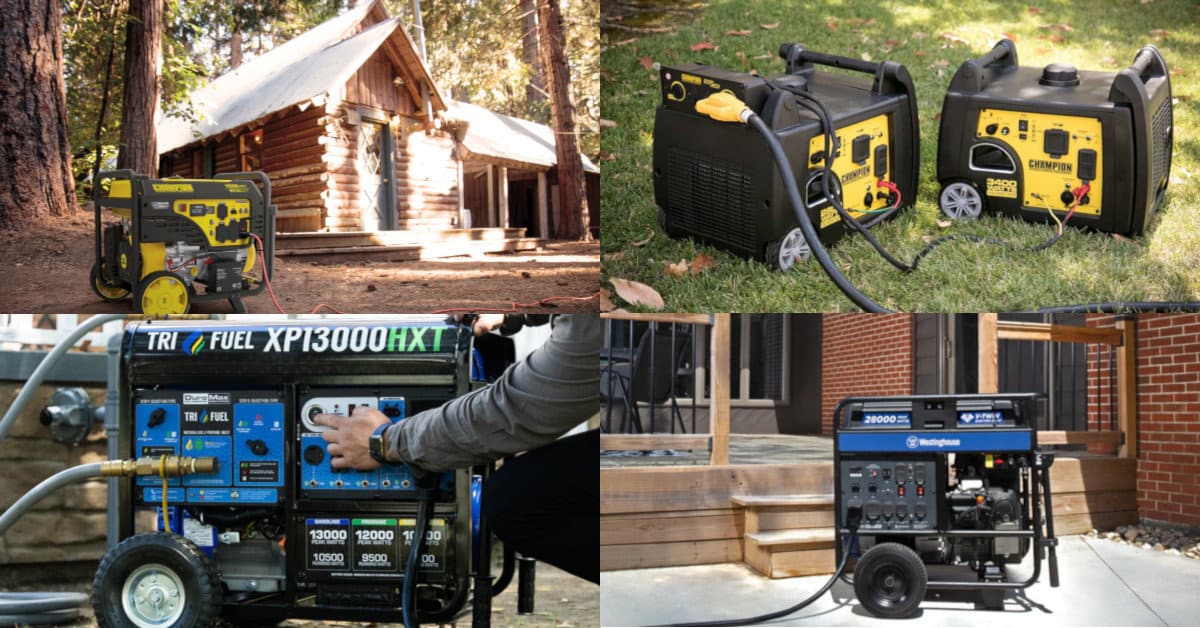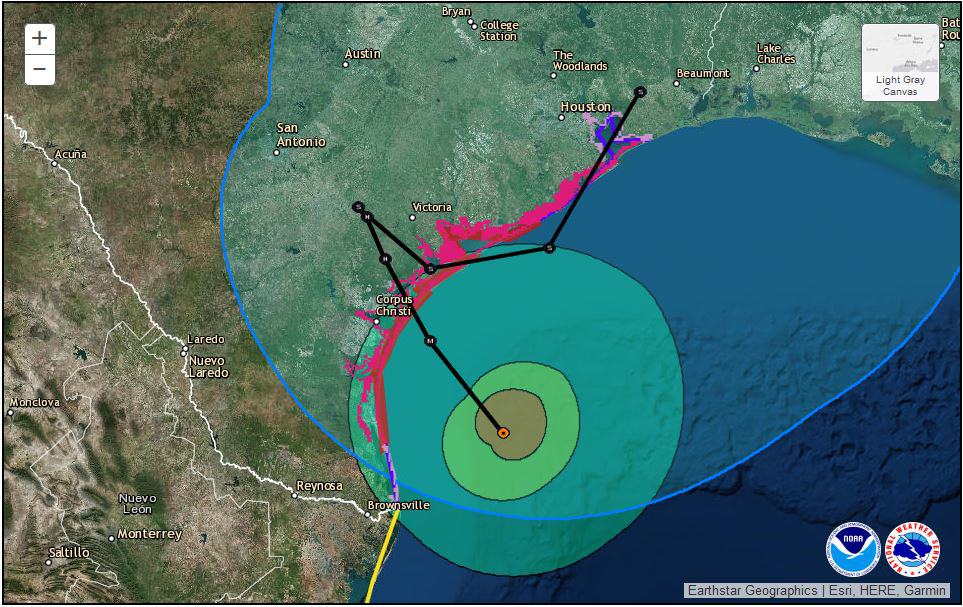Portable generators are usually marketed for specific purposes. For job sites and industrial uses where the generator will be used daily for long periods at a time and for occasional use around the house or recreational purposes, such as camping, called “consumer use”.
The industrial portable is always powering multiple tools at the same time. Sound output is usually not a concern for these units, saving fuel is a concern. A portable designed for the job site is going to have an idle control for the down time, a heavy cradle around the working parts of the generator and possibly covers over the receptacles to protect them from dust and debris. A good representation of an industrial portable generator is the XG Series from Generac.
Portables are lighter weight they will feature mufflers that help lower the sound output and receptacles in configurations that accommodate use of common power cords. Using a portable generator as a back-up generator for your home or office will require an electrician to install a manual transfer switch if you don’t want to have power cords running everywhere. A good example of a recreational use generator is the Elite Series from Briggs & Stratton.
Warning: Never connect a generator directly to a home’s wiring! If you intend to connect a generator to your home’s electrical system, hire a qualified electrician to install a transfer switch.
Some features you may want to consider for your portable generator purchase are… wheels or wheel kits for easy mobility, circuit breaker protection for the outlets, easy starting, enough receptacles to do the job, run time of the fuel tank and engine protection which would be low oil level or low oil pressure shutdown.















